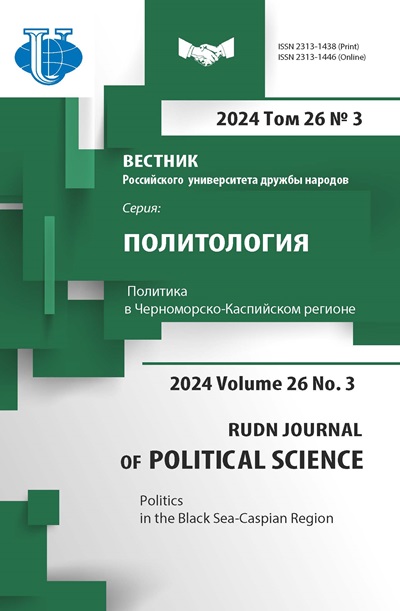Abstract
After the disintegration of the USSR, Uzbekistan pursued an active policy course in Central Asia, expecting to occupy a dominant position in the area. At the same time, Tashkent has been developing relations with extra-regional powers: Russia, the US, the EU and China. However, the lack of progress in building foreign policy contacts with extra-regional states led the country to reconsider its approaches to external strategy. Uzbekistan relied on solving regional problems and developing economic cooperation with neighboring states. However, Tashkent failed to build good-neighborly ties with other Central Asian countries. The situation changed after 2016, when Shavkat Mirziyoyev won the presidential elections. His coming to power led to an overhaul of the state’s foreign policy. Relations with the countries of Central Asia were restored, conflict issues with the nearest neighbors were resolved. In the following years, political, trade and economic contacts with Russia and Western countries were expanded. Tashkent began to pursue an active policy course in Central Asia. The article concludes that Uzbekistan’s foreign strategy is aimed at diversification of external policy contacts, participation in logistic and energy projects that can bring economic benefits. As a result, Uzbekistan’s current course of foreign affairs should strengthen the country’s position in Central Asia.
















